Updated, March 15th, 2009
I always enjoy working in the garden. I like collecting unique plants, growing them from seeds, but never looked at them as bee friendly or unfriendly plants. To me a good plant is low maintenance, drought tolerant, and unique/rare. Now, it must also be friendly to bees, in other words, it should produce nectar and pollen.
This is my bee yard, it is not ideal but I have to make it work here. I think it will work, and I can imagine a total of 3 hives, hopefully one of them a Top Bar hive. The house is on the left, and my driveway is on the other side of the Palmetto's in the background. The shed I picked up from a friend at work. A casualty of her neighborhood by-laws makes it my honey house, bee equipment, and storage.
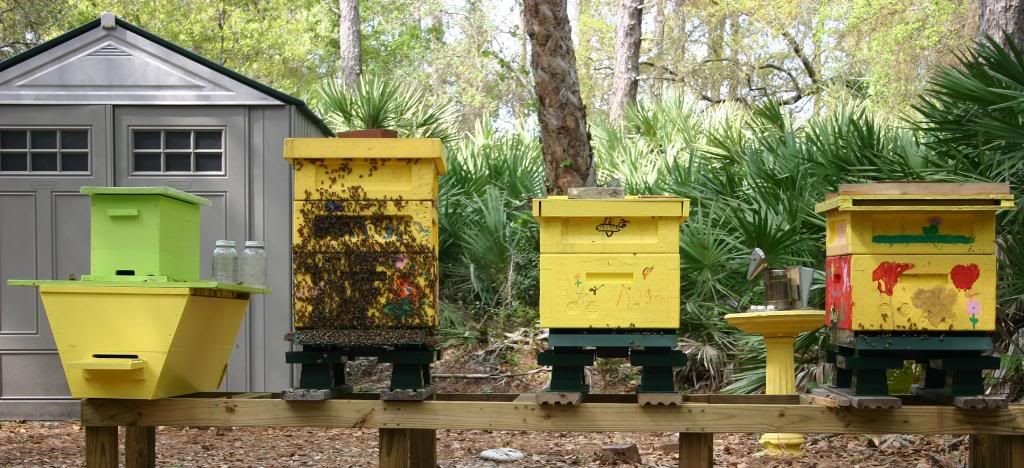
-Too much shade. Shade is supposedly prefer by Small hive Beetles.
-Too much yard debris on the ground. Attracts ants
-Falling branches that may damage a hive.
I can control two of the three problems. My set up I believe has the Hive beetles, and the ants under control.
Pros –
-Lot of Pollen and Nectar Sources near by.
-My logic is that shade frees up bees from fanning duty. A hive under the full Florida sun probably must be fanned by bees to keep it from overheating.
-NO grass or weeds to mow, as the picture shows, very little grows under the canopy of the trees
(October) Floss silk tree - someday it will be the showcase of my front. Unfortunately is going to have just one bloom this year. The tree is about 10 feet tall, and I put it in on X-mas 2006. The tree usually doesn't bloom for a couple of years, so it was a big surprise that it bloomed, and a big tease that it has just one bloom. Some day it will look like this.
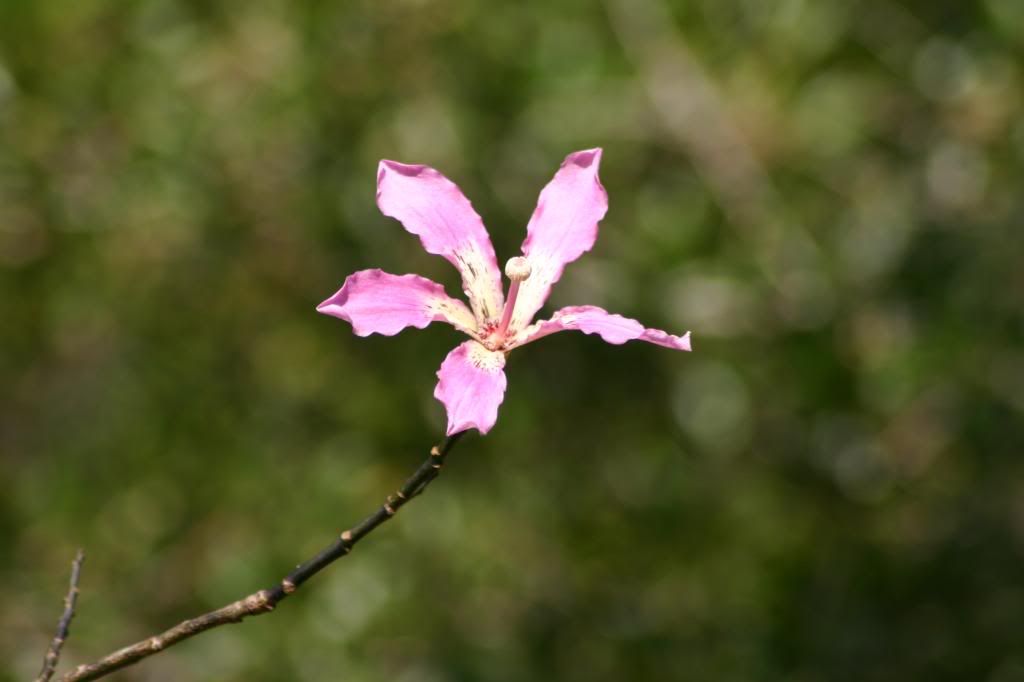 (August to Early November) Hyacinth bean- . Climbing Vine, large clumps of small colorful flowers. Popular with all pollinating insects in October. No insect would look at it in August. Small wild green bees were all over it in November. Attempting to propagate by waiting for seeds to develop from blooms. Pods and seeds may be poisonous due to high concentrations of cyanogenic glucosides, and can only be eaten after prolonged boiling.
(August to Early November) Hyacinth bean- . Climbing Vine, large clumps of small colorful flowers. Popular with all pollinating insects in October. No insect would look at it in August. Small wild green bees were all over it in November. Attempting to propagate by waiting for seeds to develop from blooms. Pods and seeds may be poisonous due to high concentrations of cyanogenic glucosides, and can only be eaten after prolonged boiling. 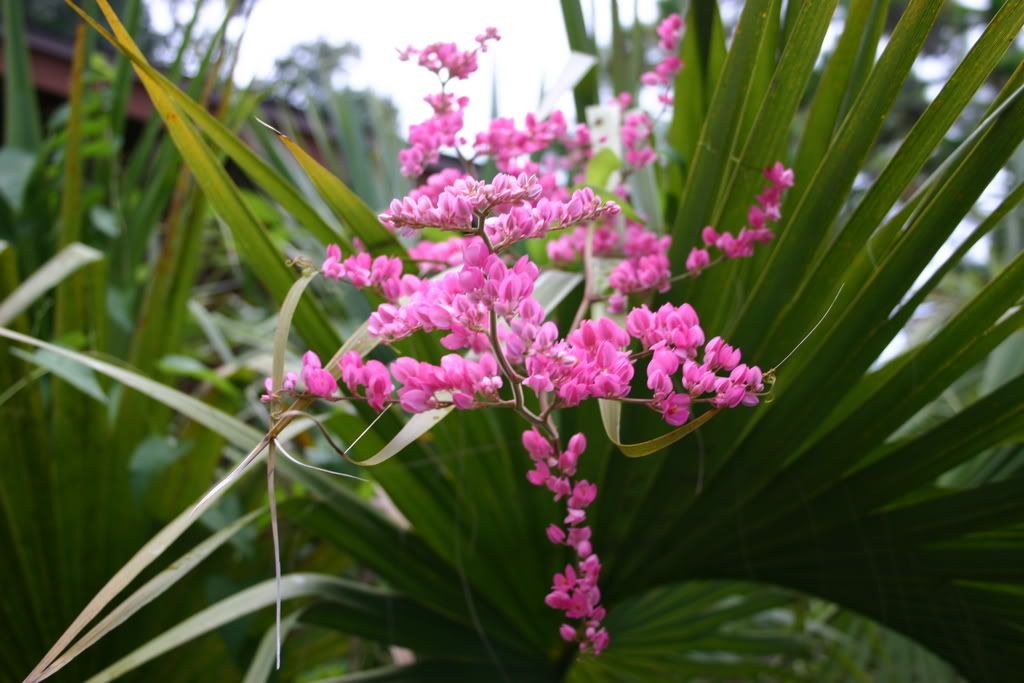
 Firebush - A good source of nectar. The bees interest seems to be limited to just when is the only source of Polen and Nectar. Flowers all year around, but bees take interest only during the months of October and early November
Firebush - A good source of nectar. The bees interest seems to be limited to just when is the only source of Polen and Nectar. Flowers all year around, but bees take interest only during the months of October and early November
 Saw Palmetto - It is a small palm, normally reaching a height of around 2-4 m. Its trunk is sprawling, and it grows in clumps or dense thickets in sandy coastal lands or as undergrowth in pine woods or hardwood hammocks (Wikipidia) Begins to bloom in Late March till early May
Saw Palmetto - It is a small palm, normally reaching a height of around 2-4 m. Its trunk is sprawling, and it grows in clumps or dense thickets in sandy coastal lands or as undergrowth in pine woods or hardwood hammocks (Wikipidia) Begins to bloom in Late March till early May
 Beauty Berry - Begins blooming in May. Literature says is a good nectar source, but it is not a good pollen source
Beauty Berry - Begins blooming in May. Literature says is a good nectar source, but it is not a good pollen source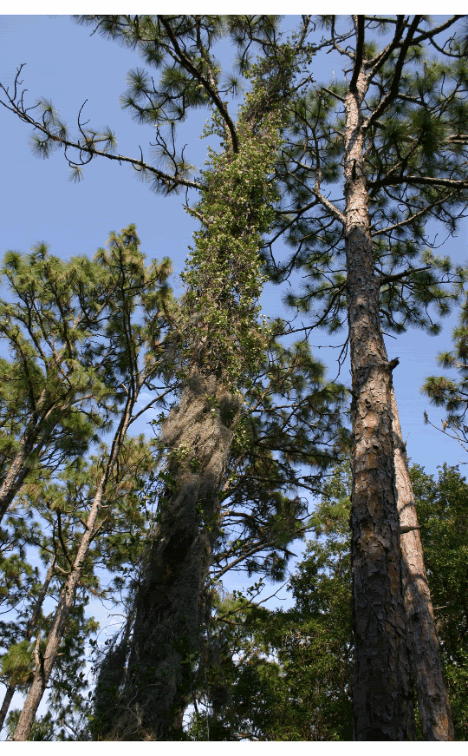 Bromeliads - Very popular Tropical plant. These are those very expensive plants you see with beautiful blooms in the stores. I have several varieties, that may flower at any time from spring to fall. I can't give them away fast enough. For every one I pull, two fill in the empty space.
Bromeliads - Very popular Tropical plant. These are those very expensive plants you see with beautiful blooms in the stores. I have several varieties, that may flower at any time from spring to fall. I can't give them away fast enough. For every one I pull, two fill in the empty space. 
Fruit trees - Six citrus trees (March bloom), Two Mango's (March Bloom), two Florida Grape vines (Wine grapes - most bitter grapes you can ever try ), Pineapple plants, and my latest addition ..... a young Japanese plum tree.
Other trees: Oaks (March Bloom), pines , Weeping Willow (January and February bloom), Palms, Silver Dollar eucalyptus, and Brazilian Pepper (September November bloom)
Bushes: Azaleas, and Hibiscu
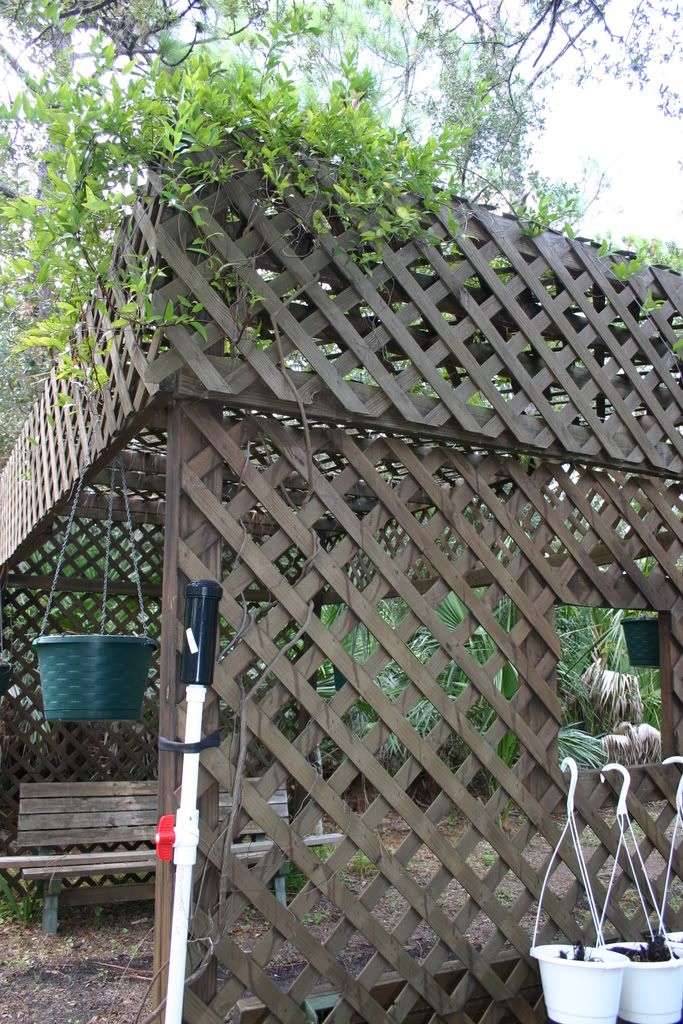
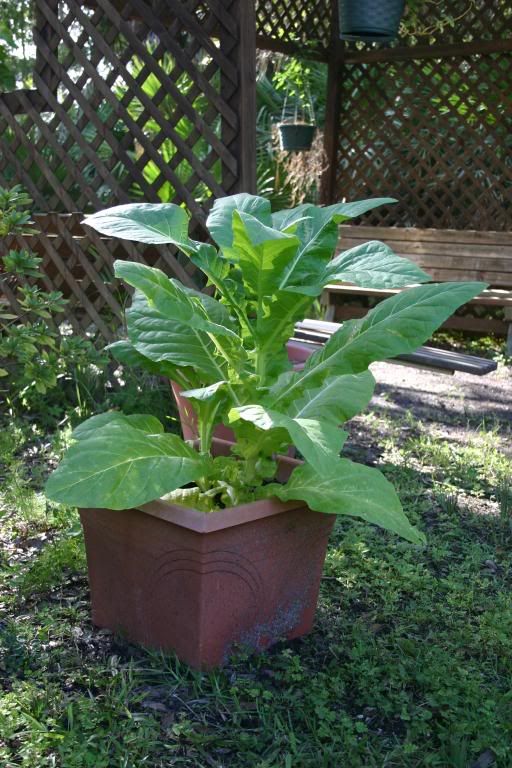 Sugar cane - Now how cool would it be if I could soak this in water, and make natural sugar water for the bees. I'm a long way from it. I got 1 stock from a friend, that technically I could had gotten five plants from, but only one of the stocks grew. Here it is, right next to my seedlings of Passion fruit plants for next year.
Sugar cane - Now how cool would it be if I could soak this in water, and make natural sugar water for the bees. I'm a long way from it. I got 1 stock from a friend, that technically I could had gotten five plants from, but only one of the stocks grew. Here it is, right next to my seedlings of Passion fruit plants for next year.
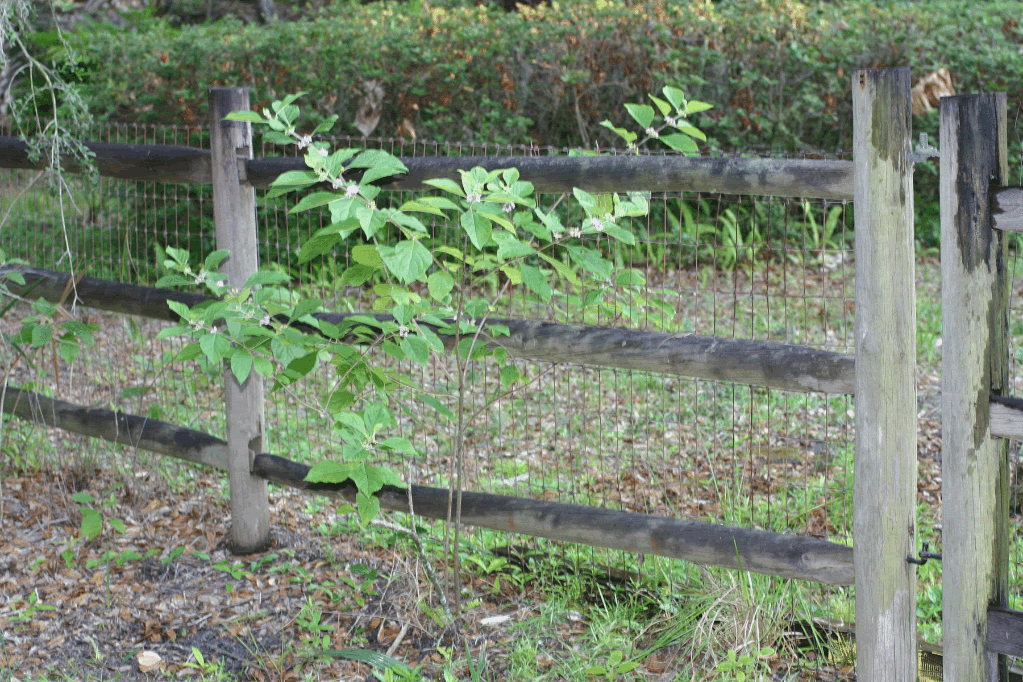




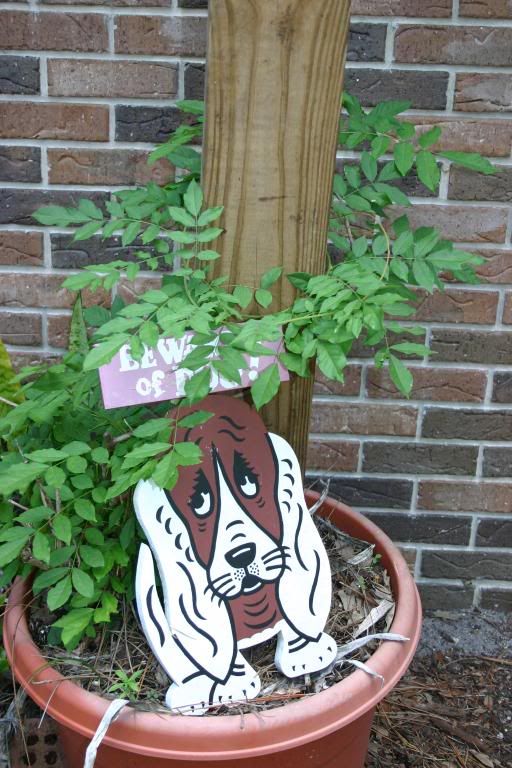
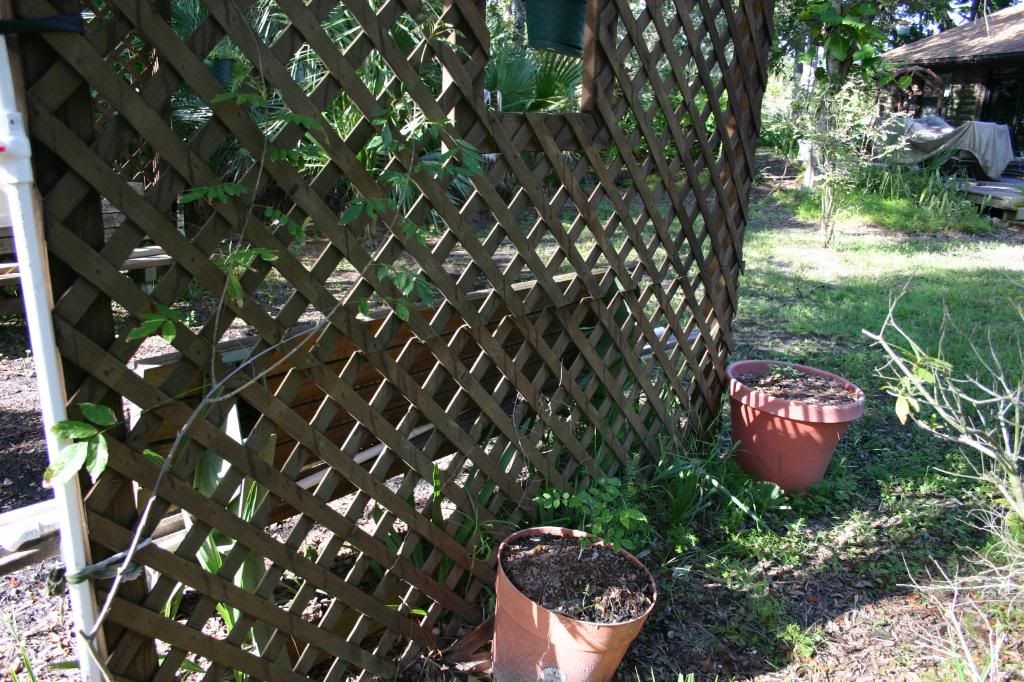


2 comments:
I have just purchase a beehive but do not have any bees yet, do you know where I can get some? All of the large dealers are not supplying any until the spring. Furthermore, I have neighbors too and four children. Have you had any problems? Lastly, it appears that you are using the new poly hive, is that correct? My email is aritenour@jud10.flcourts.org
Hope I was able to help. Find a local beekeeper to get bees next spring. Right now may not be the best time to move or start a hive, before winter. You have my e-mail now. Let me know if I can be of any help. Check on Yahoo groups, for Florida Beekeepers. You might find a local bee keeper near you. Like i said in my e-mail. COme spring, a lot of keepers will be splitting their hives.
Post a Comment